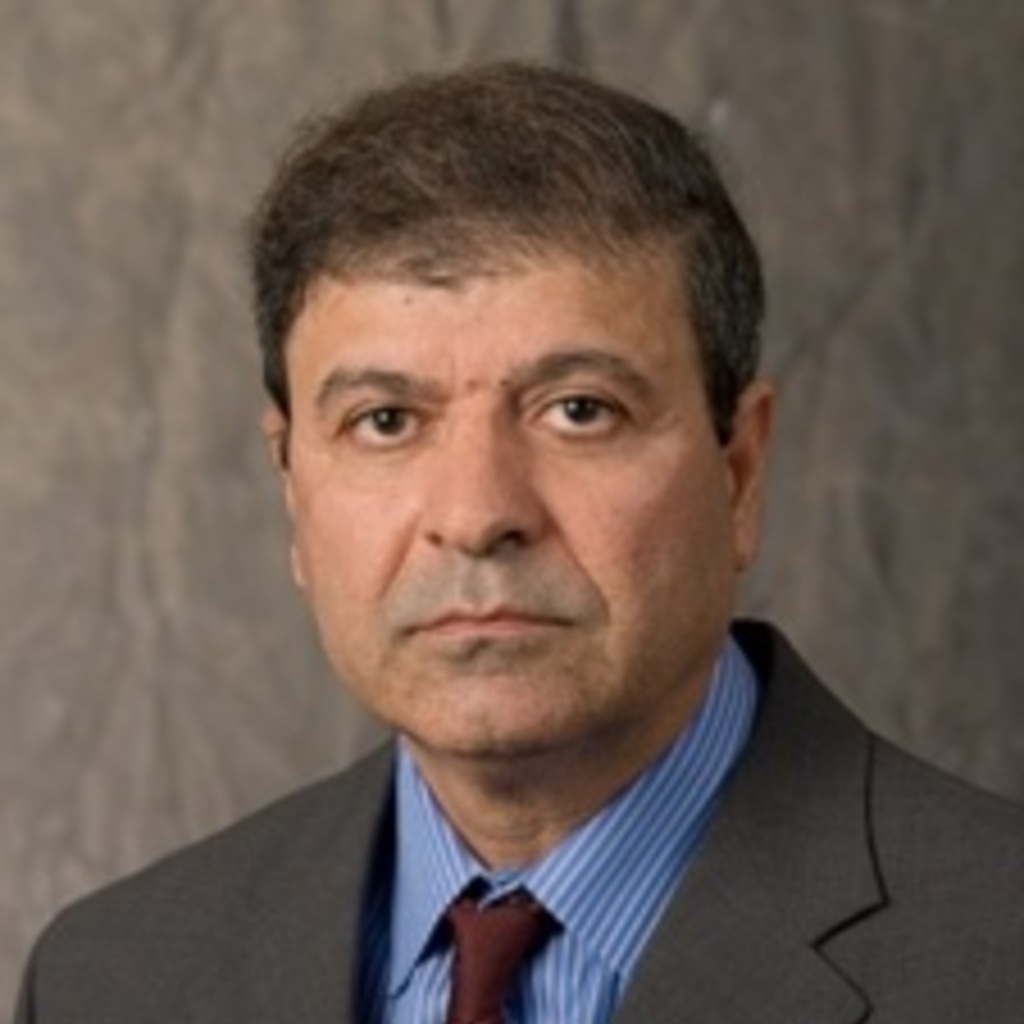What We Do
Several Iowa Technology Institute labs incorporate different technologies and methods of leveraging motion capture to further research. Examples include using motion capture to better understand human gait, assessment of potential musculoskeletal injuries, and use of computer vision algorithms to track human motion without sensors.
Virtual and Augmented Reality Business Unit (VARBU)
The Virtual and Augmented Reality Business Unit (VARBU) provides virtual reality (VR) services to the University of Iowa community and the public. Included in the unit are multiple technologies to aid researchers and creators: Virtual Soldier, Virtual Drug and Protein Design, Virtual Motion Tracking, and Virtual Neurosurgery using Oculus Rift.
VARBU was established to serve researchers, scientists, and students exploring Virtual Reality (VR), Augmented Reality (AR), and Mixed Reality (MR) applications, development, devices, and systems. VARBU's capabilities consist of 3-D modeling, VR software programming, VR project management, VR service consultation, VR system integration, and VR device development.
Featured Projects
- Virtual Soldier: The UI's own virtual soldier, Santos, has been deployed in VR for vehicle analysis and ergonomics. Santos is currently preparing for a new deployment.
- Virtual Drug and Protein Design: Imagine being able to design peptides in a large CAVE, interacting with proteins, moving molecules, and leveraging years of computational bioinformatics to visualize the results in seconds.
- Virtual Motion Tracking: Various motion-tracking systems are used to study human gait and assess potential musculoskeletal injuries.
- Virtual Neurosurgery: Using Oculus Rift as a head-mounted display, a team of engineering students is working with Dr. Oli Flouty to provide the neurosurgeon with augmented views of the procedure.

Contact
Karim Abdel-Malek, PhD
Whole-Body Motion Capture and Vibration Research
ITI maintains a dedicated whole-body motion capture and vibration lab called the 3D Bio-Motion Research Lab (3DBMRL). The lab conducts applied and basic research in human motion and biomechanics. 3DBMRL has been extensively employed in verification and validation of the Santos human model and performance simulations.
Resources
- State-of-the-art motion tracking equipment
- Force sensors for biomechanical and vibrational applications
- Accelerometers
- EMG sensors
Research Highlight: Identifying Postural Control and Thresholds of Instability Utilizing a Motion-Based ATV Simulator
As the only ATV simulator in existence that allows human subjects to engage in "active riding", this project aims to measure important aspects of operator-vehicle dynamics along with the operator's movement in relation to the vehicle as determined by motion capture. The virtual reality landscape combined with the Motion-Based ATV Simulator replicates changes in vehicle center of mass, and the operator's biomechanical responses to these changes can be measured.
Contact
